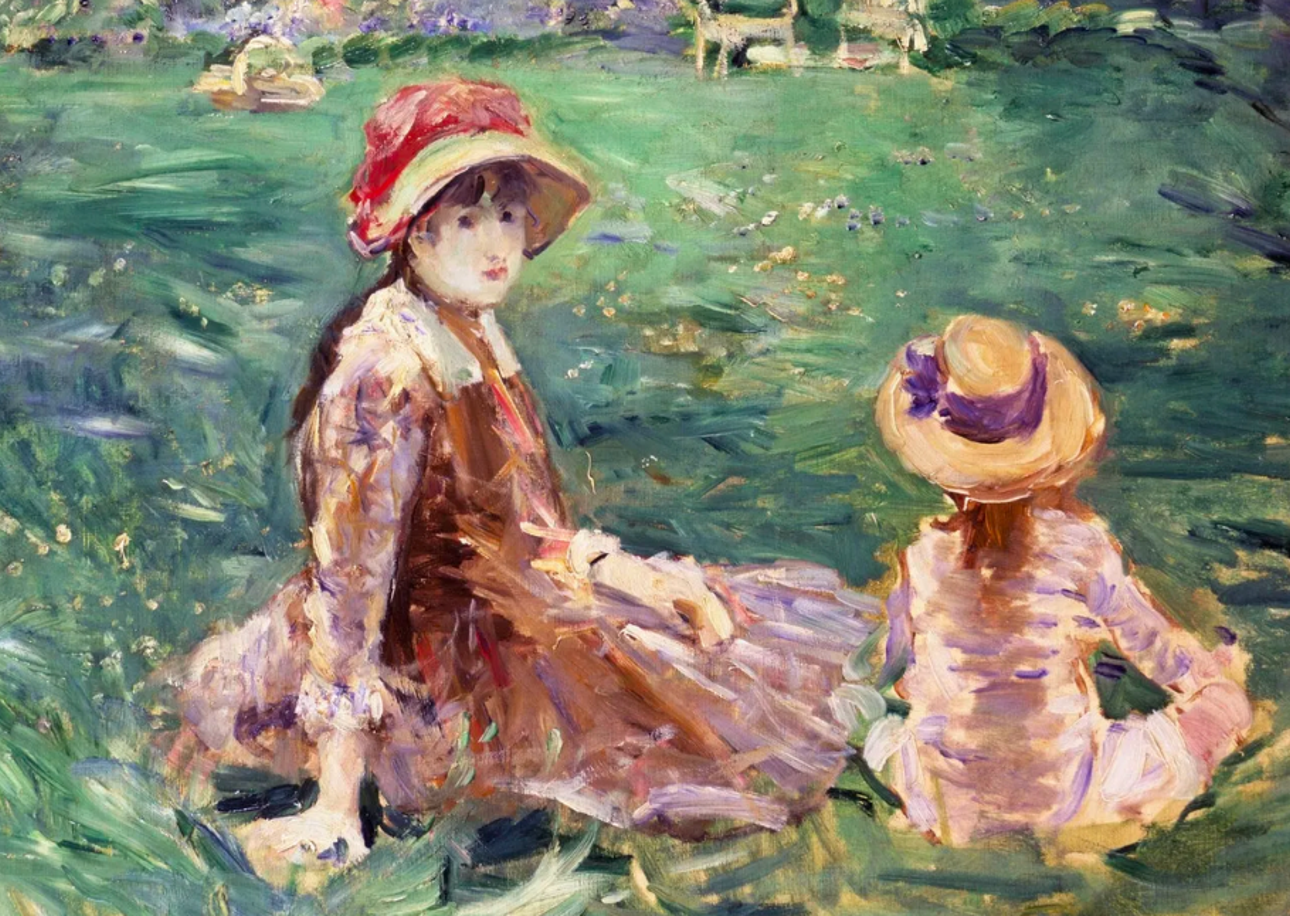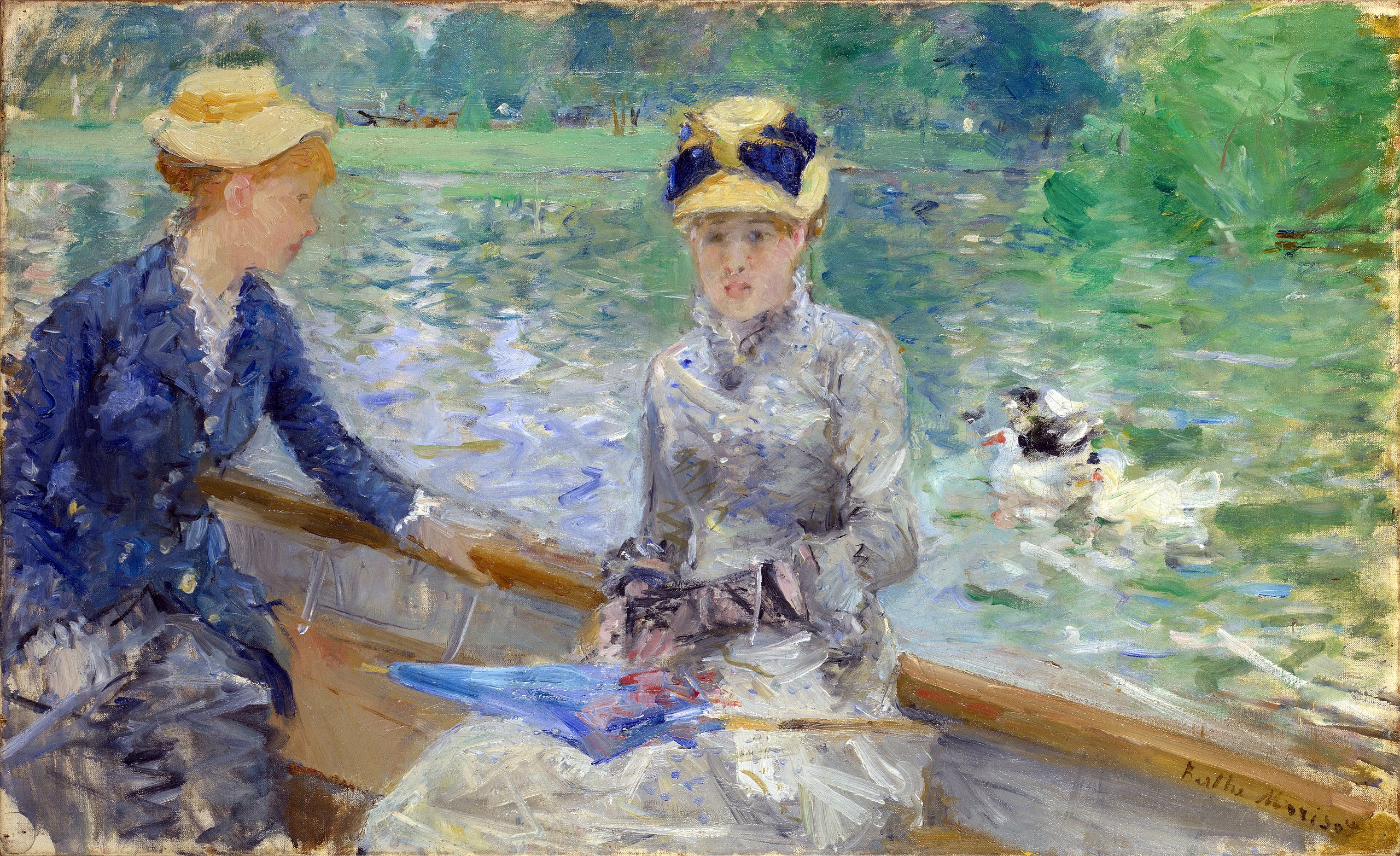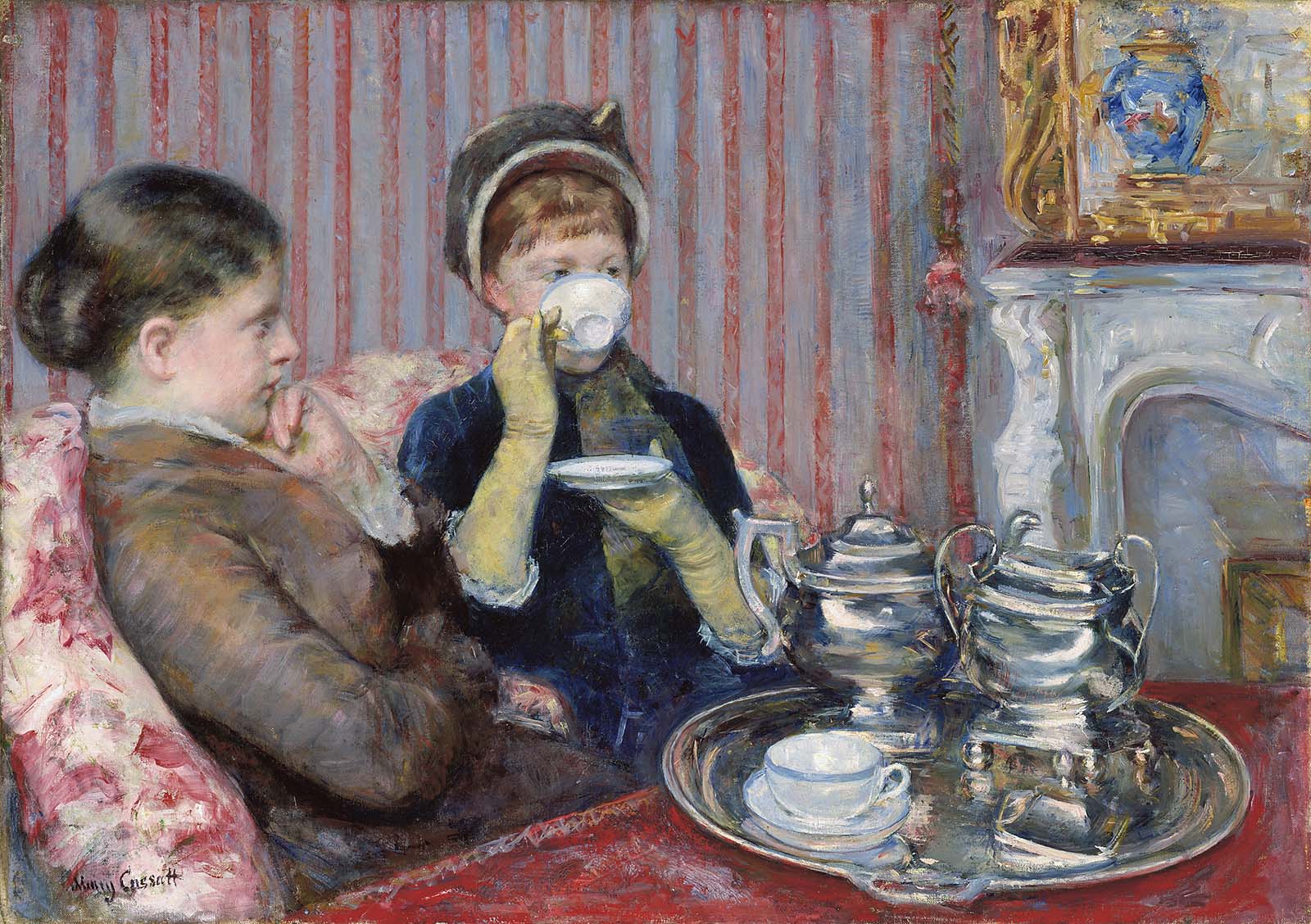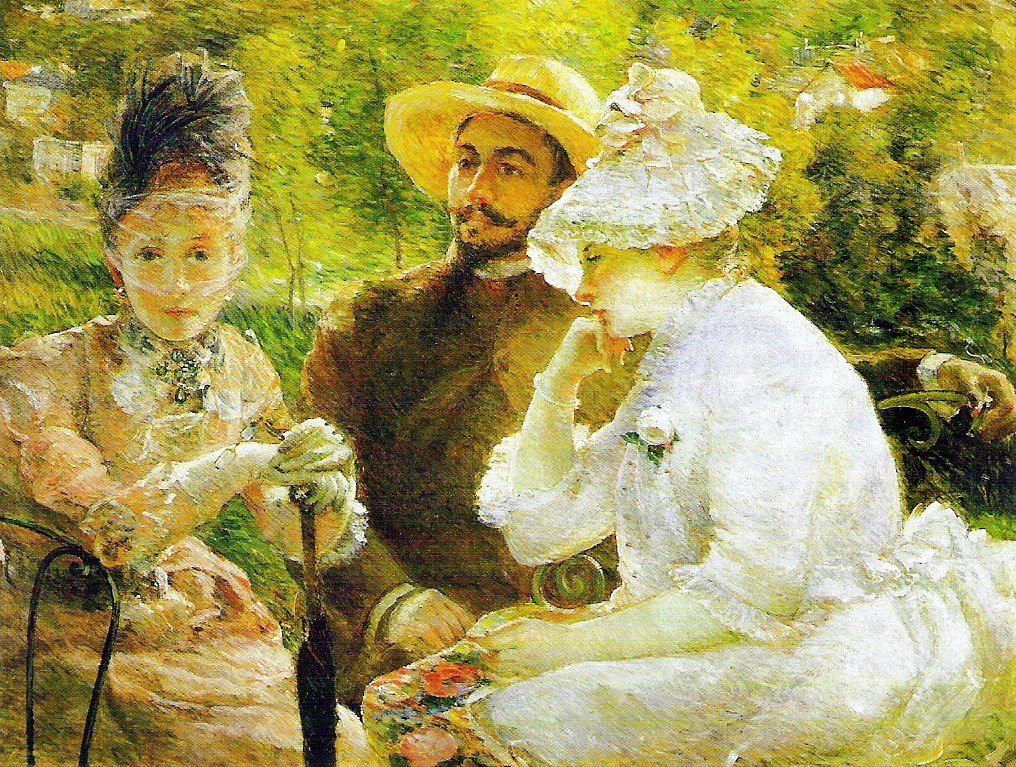A Peek into Thailand’s Hottest Star’s World: 10 Facts You Should Know About Freen
Get an exclusive peek into the world of Freen Sarocha: uncover 10 facts ...

The glory of Impressionism during the 19th century usually highlights male artists; Manet, Monet, Renoir and Degas. But there were female artists in the same circles, expressing perspectives on the life of women of their times. In the 19th century, women were typically not allowed to study anatomy nor access formal art education to prevent impure thoughts. However, there were women who strived for their passion in arts to showcase their talents against these odds.
Amongst all the women artists in the Impressionist era, Berthe Morisot, Mary Cassatt, and Marie Bracquemont were considered by the French art critic Henri Focillon as “Les Trois Grandes Dames’ or “The Three Great Ladies”.

Photo: Courtesy of the National Portrait Gallery
Berthe Marie Pauline Morisot, a French artist known as one of the few women to exhibit her works at the Salon in 1864, and in the years after. Similar to other Impressionists, Morisot’s paintings contain the technique of loose and unfinished brushstrokes to capture the fleeting moment, but focus more on women, children and flowers as shown in her works ‘Young Girl Lying’ (1893), ‘The Hairdresser’ (1894) and ‘The Black Finger Bandage’ (1894). Although her talent was exceptional, and she was successful in her lifetime, she had to fight against prejudices to be recognised.

Photo: Courtesy of Museum of Fine Arts Boston
In the male-dominated art world, Mary Stevenson Cassatt was an American painter, who spent her whole adult time in France, and had a chance to meet Edgar Degas who gave her a chance to showcase her works in Salon over four years in 1879, 1880, 1881, and 1886. Cassatt often created her works associated with the social and private lives of women with particular emphasis on the relationship of mothers and children.

Photo: Courtesy of Musée du Petit Palais
Marie Bracquemond was not from an affluent family background. She was self-taught until invited to participate in an official art education programme by Jean-Auguste-Dominique Ingres. Most of her works are displayed on large scale, often depicting outdoor scenes especially in her garden at Sèvres. Her works were selected to be exhibited in the Salon several times, but the pressure from her husband Félix Bracquemond, the French painter and engraver who disagreed with Impressionist styles, led her to fade from her painting and to focus on family life.
If you love Impressionist paintings, take your time to appreciate these women as artists challenging gender standards back in the 19th century. Their works have become highly valued and their actions had a great impact on how women were perceived as artists in the years that followed their time in the spotlight in France.
Get an exclusive peek into the world of Freen Sarocha: uncover 10 facts ...
In a cinematic landscape saturated with remakes, reboots and sequels, you might ...
While traditional TV shows are serving us endless boy-meets-girl tales. Thailand has ...
These top 5 barber shops in Bangkok are where gentlemen can elevate ...
Pets, as cherished members of our families, deserve rights and protections that ...
The internet makeup obsession straight out of Bangkok’s streets! Thai makeup zeroes ...
Wee use cookies to deliver your best experience on our website. By using our website, you consent to our cookies in accordance with our cookies policy and privacy policy